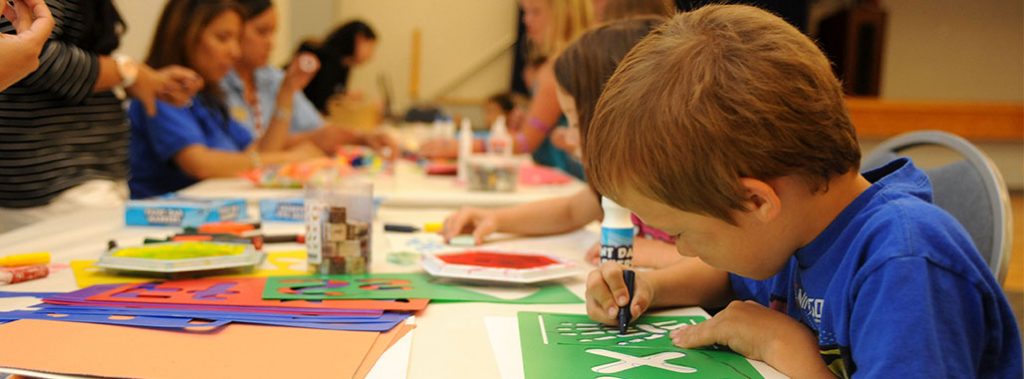The greatest artist and creative mind in all of history is God. He is one who paints sunsets and sculpts each of us out of clay, and he has gifted each person with dashes of his unending creativity. Unfortunately, society has taken to shaming these creative sparks, hoping to keep them hidden in order to press on the desire for technological advancement.
The continual array of education budget cuts directed towards arts education is keeping young minds from exercising the creative side of their brains.
“Simple creative activities are some of the building blocks of child development,” Grace Hwang Lynch said, writing for PBS Parents.
Young people need the arts to exercise and build parts of their brains that mathematics and sciences cannot cater to, one especially pertinent skill being visual learning.
With the influx of technology comes a reliance on visual learning.
“Even toddlers know how to operate a smart phone or tablet, which means that even before they can read, kids are taking in visual information,” Lynch says.
Essentially, in order to thrive in this digitally imaged and technologically-based society, children need a basis in art education. One cannot stand without the other.
Music and art can save lives. They bring people together in expression and community. From my personal experience, programs like marching band teach teamwork and discipline, as well as creating close bonds and improving physical fitness. Additionally, according to Science Magazine, children who play an instrument typically have stronger vocabularies than those who do not.
Bands, choirs and other artistic groups become family and support for those who do not find it elsewhere. I have seen children who struggle through numerous issues at home, or battle through the process of fitting into a group at school come to flourish in an artistic community. Art is something that can bring all the misfits together, keeping them sane and providing a mental escape through all the other trials young people face during their school years. If there is one thing that can be noted about the arts community, it is that no one stands alone. If these programs keep facing cuts, students may not have the opportunities or resources to find the communities they need.
These cuts have had a nationwide effect. No state has escaped from the ever-looming arts cuts. According to U.S. News & World Report, more than 80 percent of school districts have faced budget cuts since 2008 and the first courses to go are almost always arts programs. These courses have been cornered into being considered extra-curricular or elective courses. According to the Washington Post, President Trump’s budget cuts continue the massacre of arts education, cutting the Arts in Education program, worth $27 million, which supplied federal, state, local, and private fund for students with disabilities and students coming from low-income families.
The continuation of cutting arts programs is going to result in students who are less-prepared, less-developed and less-socially accepted. Without arts education, young minds will be less apt to learn from the technology that is constantly being encouraged and developed.
Schools need to be funded. Arts budgets need to stop being cut.
If nothing changes, technology and math will continue to rise until they run out of artistic balance, and the God-given spark of creativity will die out completely.
